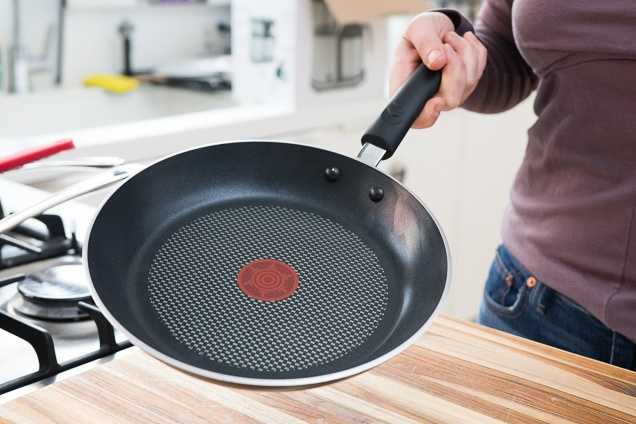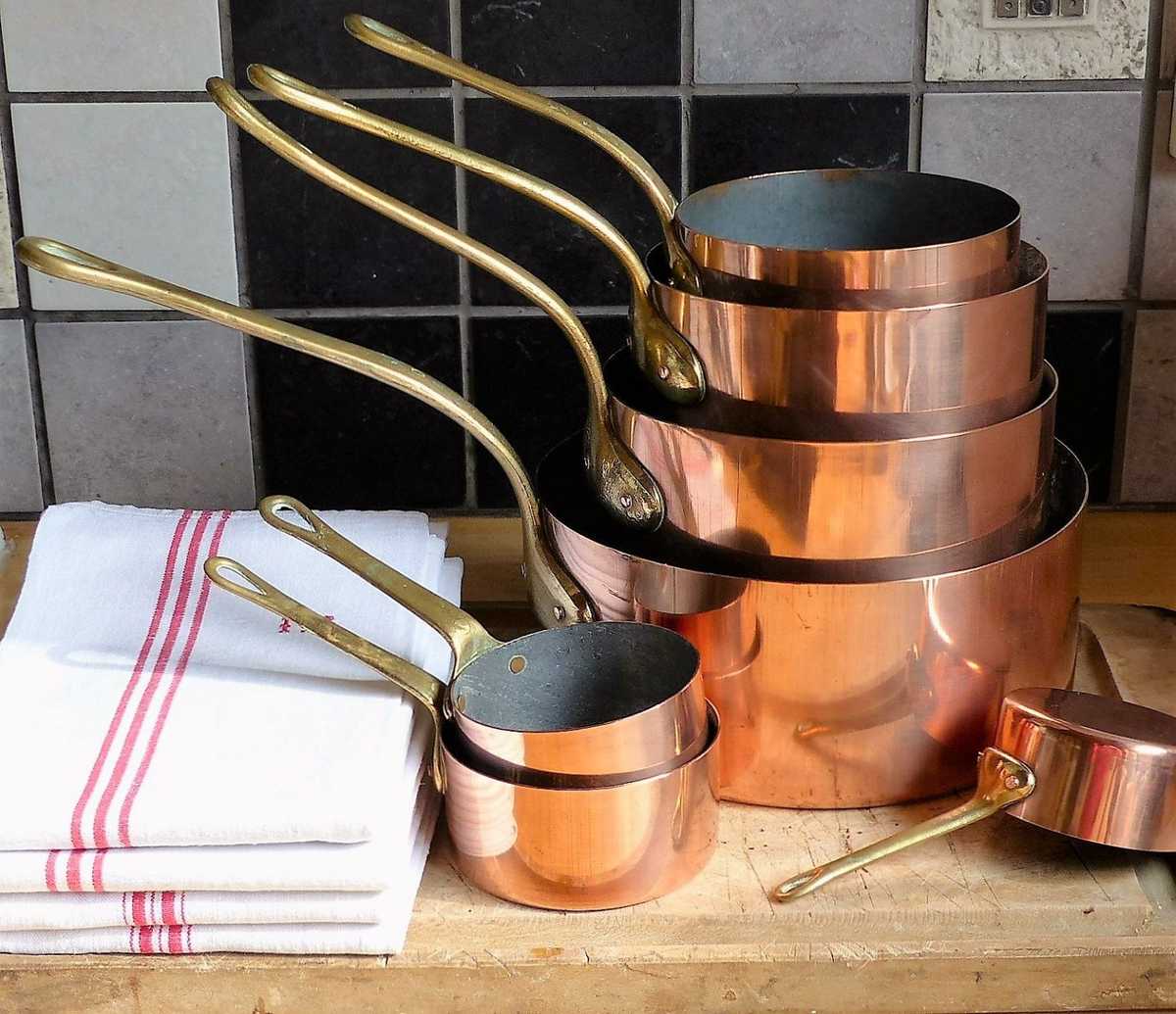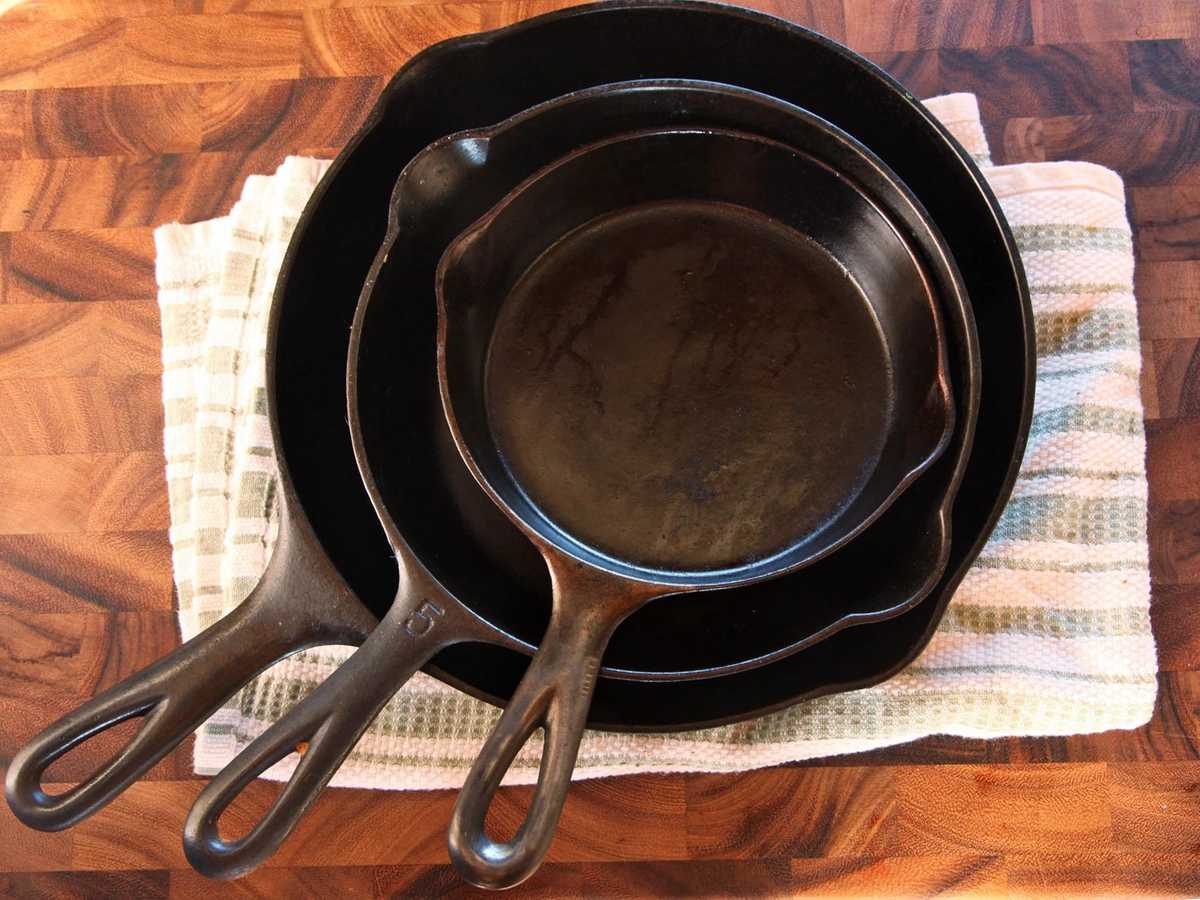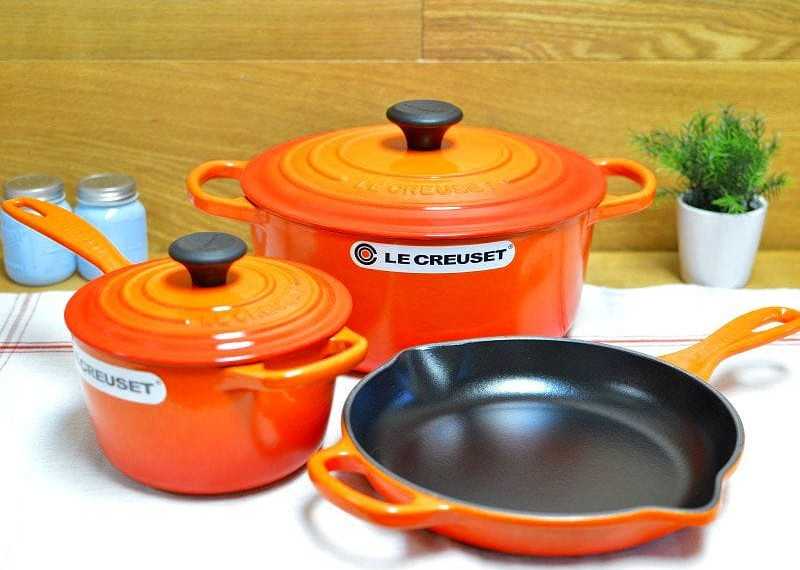You probably take a lot of care picking out the healthiest recipes and ingredients before preparing your daily meals, but did you know that you should also make sure that you are using the healthiest pots and pans? Many cookware items leach dangerous chemicals into our food, so we'll be taking a look at some of the worst offenders and the alternatives available.
The Importance of Good Pots and Pans
There is a huge variety of pots and pans available to buy, but it can be very difficult to work out which ones are healthiest for your household. For many of us, the most obvious choice would be one of the non-stick choices — these tend to be low cost and make cooking and cleaning easier. Unfortunately, as we'll see later, non-stick coatings like Teflon have been found to contain very harmful materials that have been linked to a range of health conditions ranging from cancers to lower birth weights and coughing / lung irritation.
With many pots and pans these risks are exacerbated as they age — flaky coatings and high temperatures make these toxins increasingly likely to leach into your food.
Materials
Non-Stick (Teflon)
We'll start with the worst of all the pan types, the non-stick pan. Most of these will be found under the brand name Teflon, which is also known by the more catchy "Polytetrafluoroethylene" (PTFE). This is a synthetic polymer invented by DuPont in 1938.

In recent years, concern has risen about the presence of PFOAs (Perfluorooctanoic acid) present in non-stick coatings such as Teflon. Whilst PFOA should not be present in Teflon, it is used in the manufacturing process and can remain in the final product in small amounts.
PFOAs have been linked to a variety of cancers including testicular, ovarian, kidney, prostate and bladder. They also remain in the environment for a long time, meaning they may also cause ecological damage. Subsequently, companies no longer use PFOAs in the manufacturing process, meaning that Teflon products have been PFOA-free since 2013.
Even with PFOAs eliminated, there are still more concerns with Teflon pans, particularly when they are subjected to very high temperatures. At these temperatures, harmful vapours can be released in to the air, giving rise to Teflon Flu (also known as Polymer Fume Fever). This presents a number of flu-like symptoms including chills, headaches and fevers with chest-tightness and mild coughing.
Since these negative effects have only recently come to light, I am still quite sceptical of any non-stick coating and it is possible that the chemical industry work to subdue any criticism of the materials that they sell.
Given the potential negative effects of these pans, ideally you should replace them immediately. However, if you have only just bought a set and cannot afford to buy new ones, it is particularly important to take good care of them and avoid doing anything that might break down the coating, for example:
- DO NOT use an abrasive scrubber like wire wool
- DO NOT scratch the surface with a knife or fork
- NEVER using blenders directly in the pan — this is a surefire way to get Teflon flakes into your food
- DO NOT heat the pan to very high temperatures, particularly when the pan is empty — this breaks down the coating and releases harmful vapours
If your pans are any more than a couple of years old, you really do not to replace them as soon as possible. Consider what benefits you get from it being non-stick — if you are mainly boiling vegetables, rice or pasta there really is absolutely no need for a non-stick pan.
Stainless Steel
If indeed you are mainly boiling and steaming food, Stainless Steel pans are cheap and widely available making them a great choice. Sticky food like scrambled eggs can be more difficult here and these do require a lot more oil to cook without sticking, so cleaning is also a lot harder work.
There are some concerns with nickel and chromium leaching into food which can increase with long cooking times, cooking acidic food (like tomatoes), or high-temperature cooking — abrasive cleaning may also be a factor.
Nickel and chromium are both heavy metals and, although safe in small amounts, could cause heavy-metal poisoning. To minimise these risks, you should try to find a low-nickel or nickel-free pan, this can be determined by the stainless steel grade (it should look something like 18/10), the lower the second number, the less nickel, so ideally find one with an 18/0 rating.
Aluminium & Copper
Aluminium pans are a light-weight alternative, however, these have also been found to leach into food. At the same time, there have been ongoing concerns on a link to Alzheimer's disease.

Alternatively, copper pans are one of the more expensive options around thanks to their good looks. Whilst a little copper is good for your health, large amounts can have a negative impact, so we would not recommend these either.
Cast Iron
Cooking with cast iron is a traditional method that has passed the test of time. With proper care and preparation, many cooks swear by the superior cooking qualities of these pans. It is good to have a little iron in your diet, but a large amount can be harmful so if you are suffering from iron overload it would be best to avoid these pans. However, the majority of us would actually benefit from the small amount of iron introduced to our food.

These pans have quite specific care instructions and need to be seasoned with oil before use. This results in a non-stick surface that, unlike Teflon pans, improves the more you use it. Proponents of these pans say it is excellent for cooking even the stickiest food, including omelettes and scrambled eggs. In fact, many would describe learning how to cook with cast iron as an enjoyable activity in itself.
Some of the other factors to consider before buying a cast iron pan include:
- Durability: cast-iron pans last a long time and their performance often improves over time as they grow a protective patina
- Weight: cast-iron pans are very heavy — a lighter option like the similar Carbon Steel may be preferable if you have any problems with the strength in your hands
- The handles can get quite hot, so you may require oven gloves when moving the pan
- The cast iron is inductive, so will work on an induction hob as well as electric and gas stoves
Ceramics & Enamel Coatings
Ceramics and enamel are often used as a coating to a metallic pan to stop the metallic elements leaching into your food. At the same time, the ceramic coating can also be quite effective as non-stick surfaces. There is some concern that glazed ceramics contain a dangerous amount of lead and cadmium, but this is very unlikely to be a problem with modern unpainted ceramics.

One of the most well-known brands of ceramic coated pans is Le Creuset — these are cast iron pans with an enamel coating. They do tend to be quite expensive, but you can often find them on offer making them a lot more affordable.
Being cast iron, they can be used on an induction hob. Caring for these pans is a lot easier than it is for standard cast iron pans as they do not need to be seasoned, however there are still some guidelines that should be followed to maximise their durability. Like the 100% cast iron pans, these are also very heavy, so it may be worth investigating some other options if this is a problem.
Glass
Glass pans are more difficult to find, but should be non-toxic (since glass is a non-reactive substance). Unfortunately there are several limitations that mean glass is usually not a practical choice for pots and pans, although Pyrex dishes are a useful option for baking and roasting in the oven.
The biggest issue is that most glass pots and pans only work on electric stoves and not gas ones, being non-metallic, none of them work on induction hobs. Furthermore, they are not non-stick and can be fairly heavy.
Verdict & Your Experiences
There is quite a variety of pots and pans to choose from, your choice will depend on how much time you are willing to put into caring for your pots and pans as well as other factors such as your ability to carry a heavy saucepan. We recommend considering what you actually need your pans for — in many cases a stainless steel pan will be absolutely fine.
Cast iron and enamel-coated pans are really good options if you need a non-toxic, non-stick surface. These do cost a bit more and require a little more maintenance than other pans, but the increased longevity and better cooking performance should make them a really worthwhile investment.
What kind of pots do you use, please let us know in the comments below, and remember to sign up to the newsletter if you would like to be kept up-to-date with all things non-toxic!